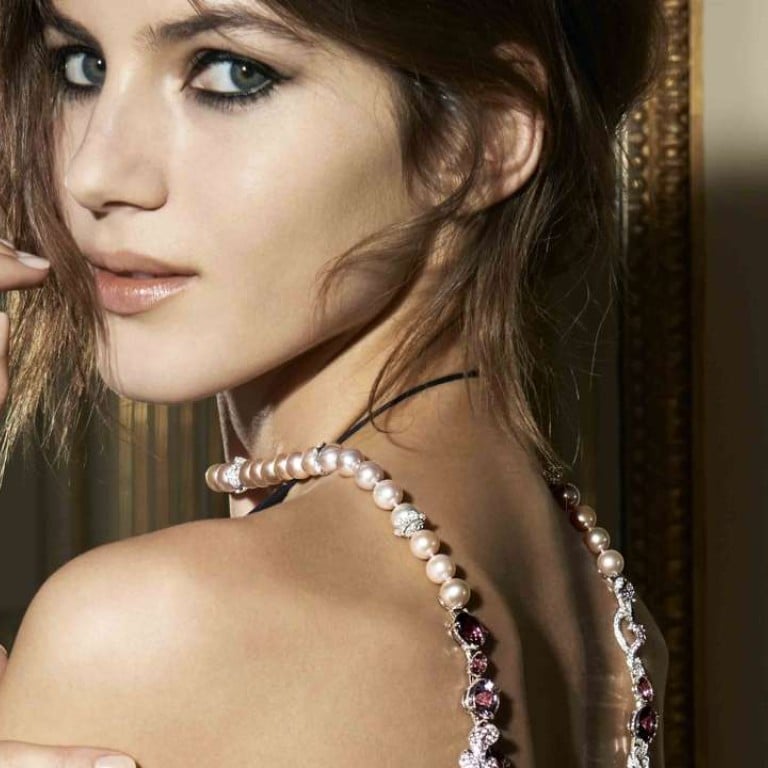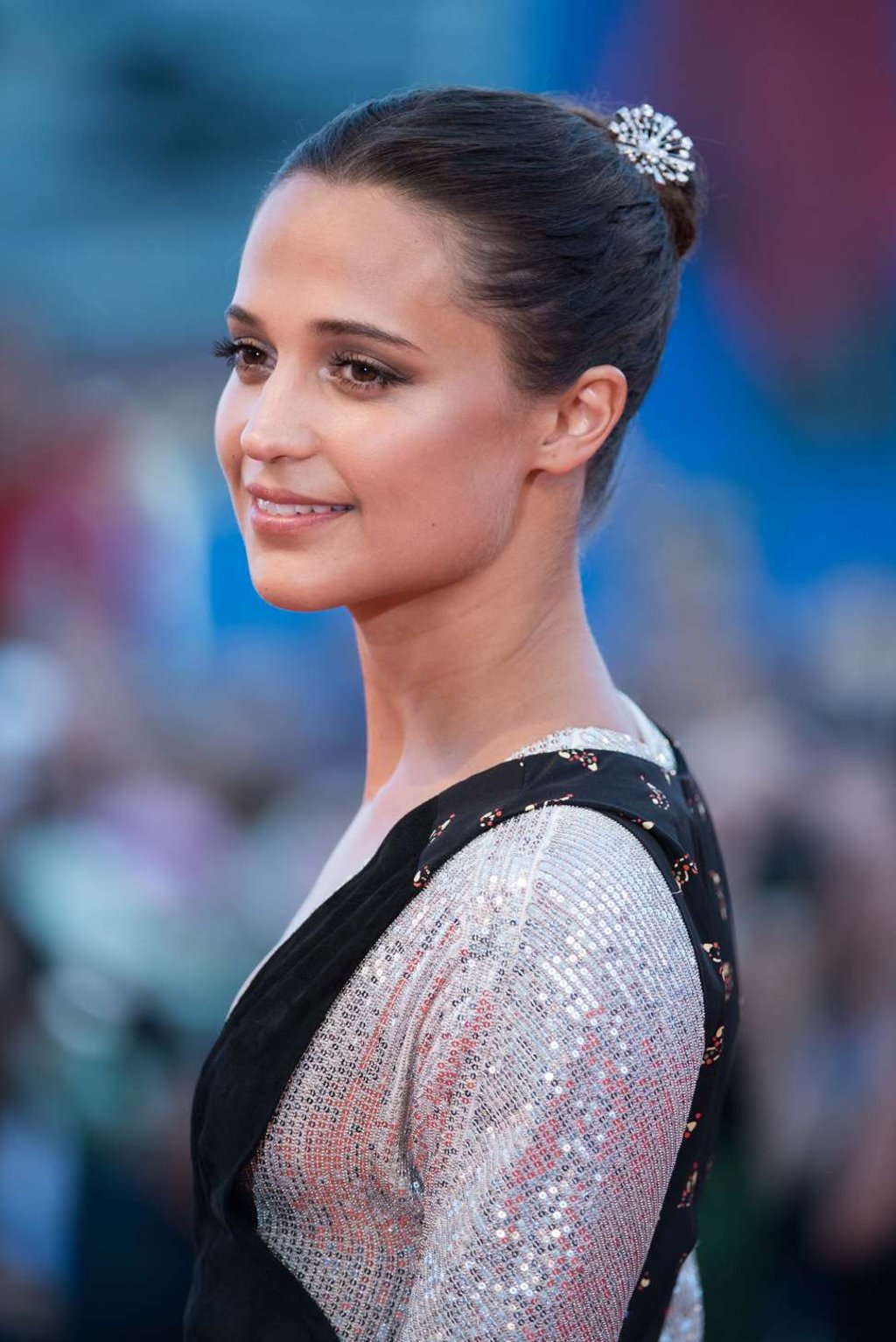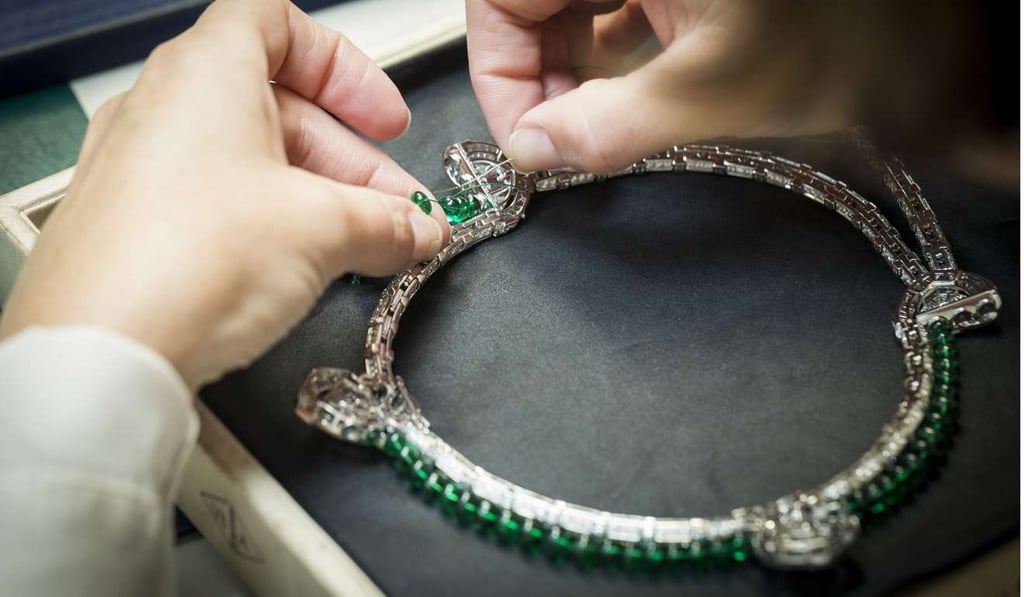High jewellers turn heads with transformable pieces

Transformable jewellery is making a comeback, and Chaumet, Van Cleef & Arpels, Cartier, Bulgari, Boucheron and Graff offer exquisite pieces
Why take one when you can have them all? It seems the sentiment of the-more-the-merrier is trending in high jewellery. Transformable pieces are making a strong comeback – necklaces with detachable pendants which metamorphose into brooches, tiaras which double as bracelets, and earrings that can be turned into elaborate hair combs.
“Transformable jewellery is perfectly adapted to our times,” says Jean-Marc Mansvelt, CEO of Chaumet. “Women are multifaceted; they live several lives in one day and want jewels that adapt to different occasions, outfits and moods.”

High jewellers are embracing the versatile trend in their recent collections. In its La Nature de Chaumet collection, for example, the jeweller created the Racines celestes white gold necklace that can be transformed into two shorter necklaces. Chopard highlighted in its latest Garden of Kalahari collection a transformable necklace featuring diamond pendants a total of 101ct.
A post shared by Style_SCMP (@style_scmp) on Mar 1, 2017 at 7:22am PST

The origin of transformable jewellery can be dated back to the late 19th century and early 20th century. Royalties and socialites commission high jewellers to create dramatic jewellery to be worn at coronations and stellar balls. However, the pieces were seldom used the rest of the year, hence innovative jewellers offered intricate creations that could be worn in a variety of ways. Early adopters include Cartier, Chaumet, Van Cleef & Arpels and Graff.